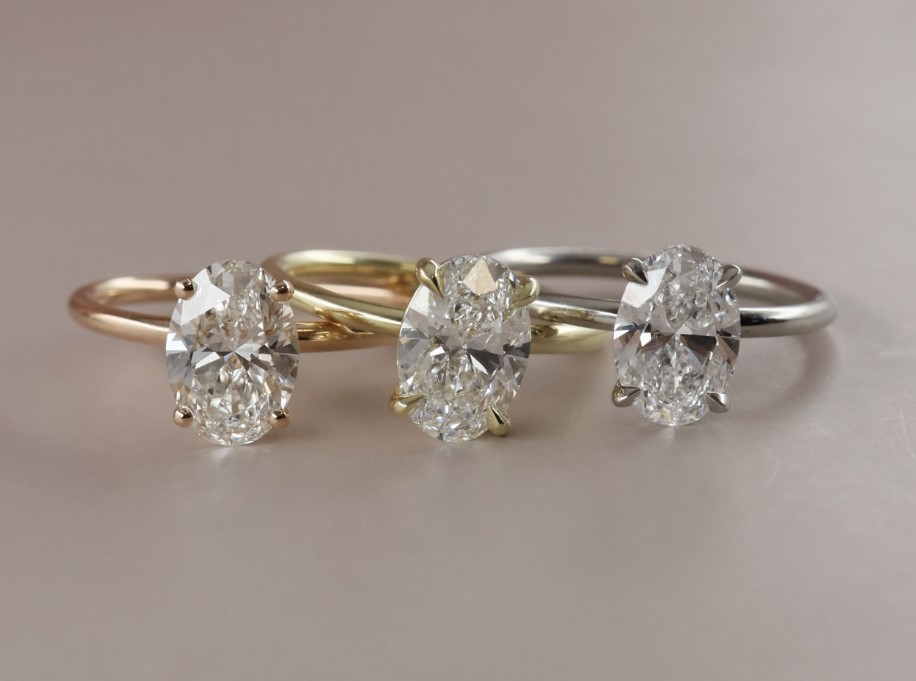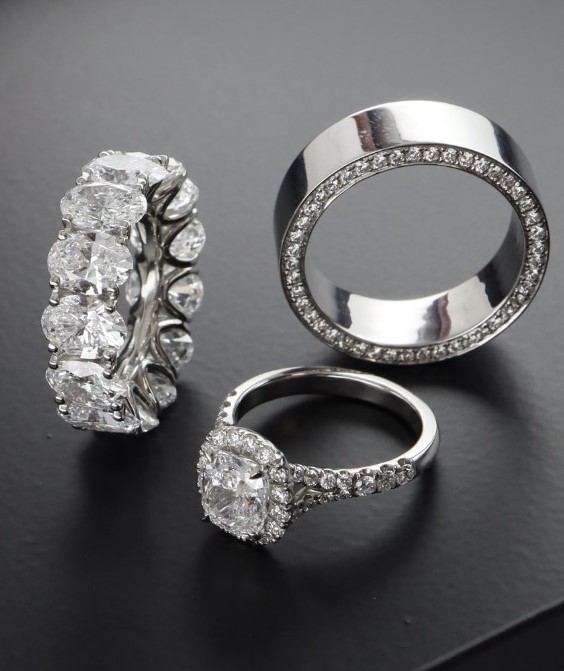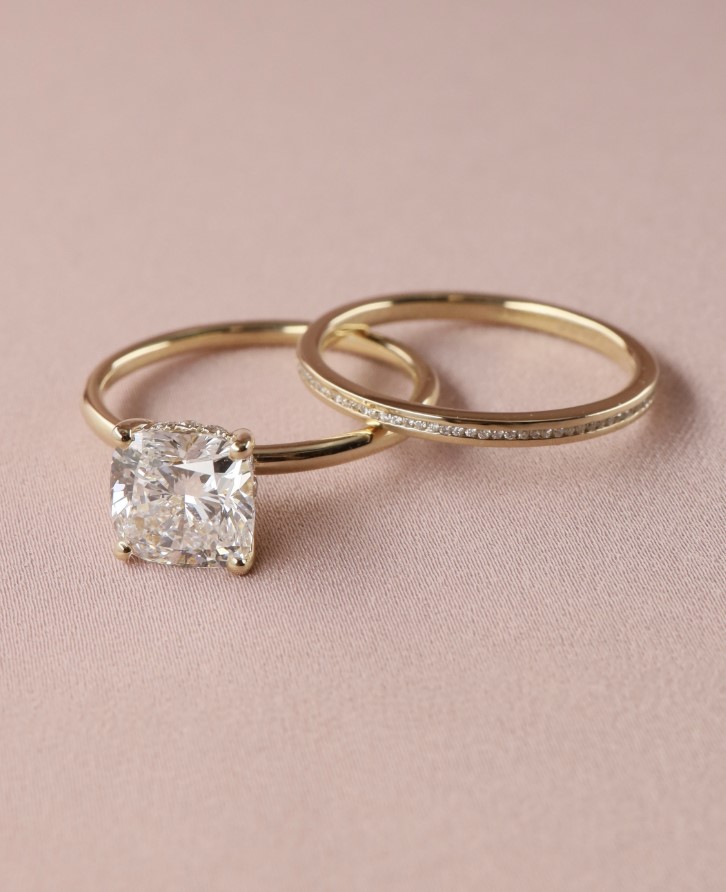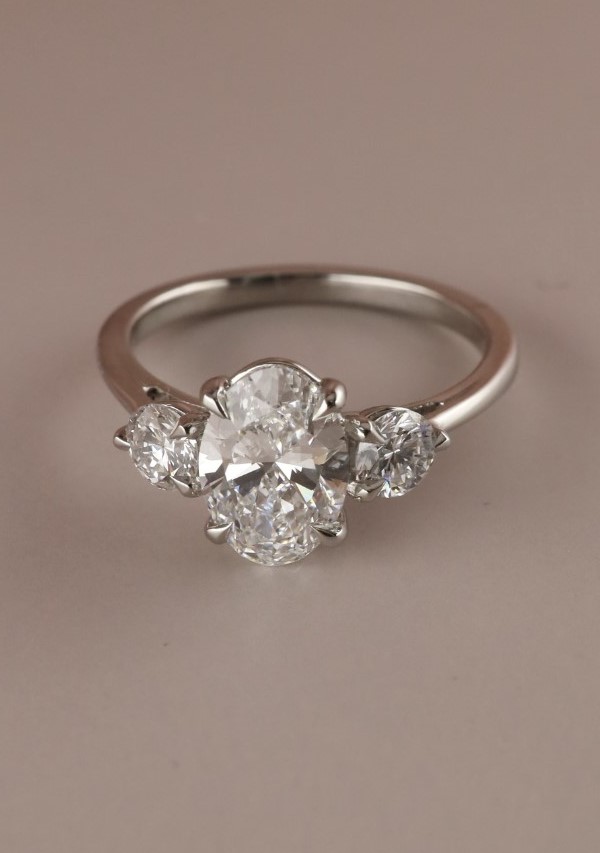04/21/2023

So, you thought picking up a diamond was a hard job? This doesn’t end up here dear friend since is just as important to decide which metal you like the most, what suits you better, what is the best combination for the diamond shape you want, etc. Each metal type has its own unique characteristics that could make a big difference; some are more expensive but the metals will last longer, others will never break and so on, but hey! There is a metal for everyone, so relax! Here is a guide to help you out in this matter:

Platinum is a precious silvery-white and super hard metal known as one of the most popular choice not only for wedding bands and engagement rings but for all types of jewellery. Yes, is more expensive, in fact one of the most expensive metals but that’s not the only chart it leads; as we explained already it's extremely durable and will last someone a lifetime. It is also a dense metal, so you might feel a platinum ring heavier on the hand than others. Its white lustre has de ability to enhance the brilliance and will maintain its shining luminosity forever, unlike other white metals that tend to dull their color in time. Oh, and last but not least, platinum is hypoallergenic so it’s the ultimate choice for people who suffer allergies!

Yellow Gold is synonymous with tradition and classic styles. It is in fact the most popular choice for both men and woman when deciding their wedding rings, but since pure gold is too soft to form a ring, is mixed with other metals to create it. Karats measure the proportion of gold that is actually used in the ring, expressed as parts of 24. So, in order to achieve 18 carat gold, yellow gold ring is actually 75% pure gold (naturally yellow in colour) blended with 25% other white metals, also known as alloys. One really good aspect of this metal is that yellow color stays true over time but on the other hand it tends to get thinner as well.

Super good looking yet not that good compared to other metals. See, to begin with white gold is not even recommended for an everyday use since it is too soft. White gold is in fact more grey that white and it’s actually the rhodium plating that gives white gold its much sought-after colour. Oh yes, we haven´t told you yet but just as yellow gold, white gold is what happens after blending 24 carat gold (75%) and other white metals (25%), also known as alloys, like nickel, palladium or silver. Another thing you might want to have in mind when choosing this metal is that it will yellow over time and in order to have it “as good as new” you will have to rhodium plate (or "dipp") the ring every few years, unless you are let´s say, a nurse or a kinder teacher who work with your hands; then you will need to do that process every 6 to 12 months. So, while white gold might be cheaper at first, it can cost a lot more in the long term.

Same as yellow and white gold, rose gold is a blend, or an alloy of pure 24 karat yellow gold, copper and silver, something it has to happen not only to achieve the colour but also the strength needed enough to wear. And the depth of color in rose gold depends on the ratio of yellow gold to copper; less yellow gold and a higher copper content will result in a more reddish rose color. This metal was first used in early 19th century in Russia by the famed jeweller Carl Faberge in his famous Faberge Eggs, and it was known as Russian Gold. Later on, it became pretty popular in United States during the lavish and feminine 1920’s, and was worn in engagement rings and fine jewellery. Good news? Unlike white gold, rose gold doesn't tarnish. It can, however, begin to appear darker and slightly redder after years of wear but it doesn't require rhodium plating.